Exploring the world of art, history, science and literature. Through Religion

Welcome to TreasureQuest!
Look through the treasures and answer the questions. You’ll collect jewels and for each level reached, earn certificates.
How far will you go?
You need an adult’s permission to join. Or play the game without joining, but you’ll not be able to save your progress.



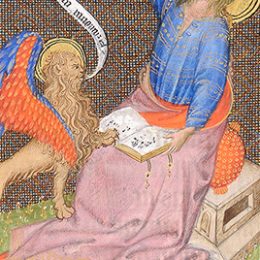


Are there links to current religious practices or a modern equivalent?
Books are now so commonplace that we don’t think about how valuable they must have been before the invention of printing. They were objects to be used but also treasured. Owing to the use of gold leaf and the high cost of the pigments used to make the different colours in the decoration, these books of hours became extremely precious objects and symbols of great wealth and power, even more so than today’s portable belongings such as books, phones or laptops.

Where is it from, where is it now?

Websites
Fitzwilliam Museum, Cambridge
ILLUMINATED brings to life the finest illuminated manuscripts preserved at the Fitzwilliam Museum in Cambridge.
Books of Hours website
Descriptions and images for many Book of Hours. Examples represent manuscripts made in France, The Netherlands, Belgium, Germany, and Italy and dating from c. 1400 to c. 1540.



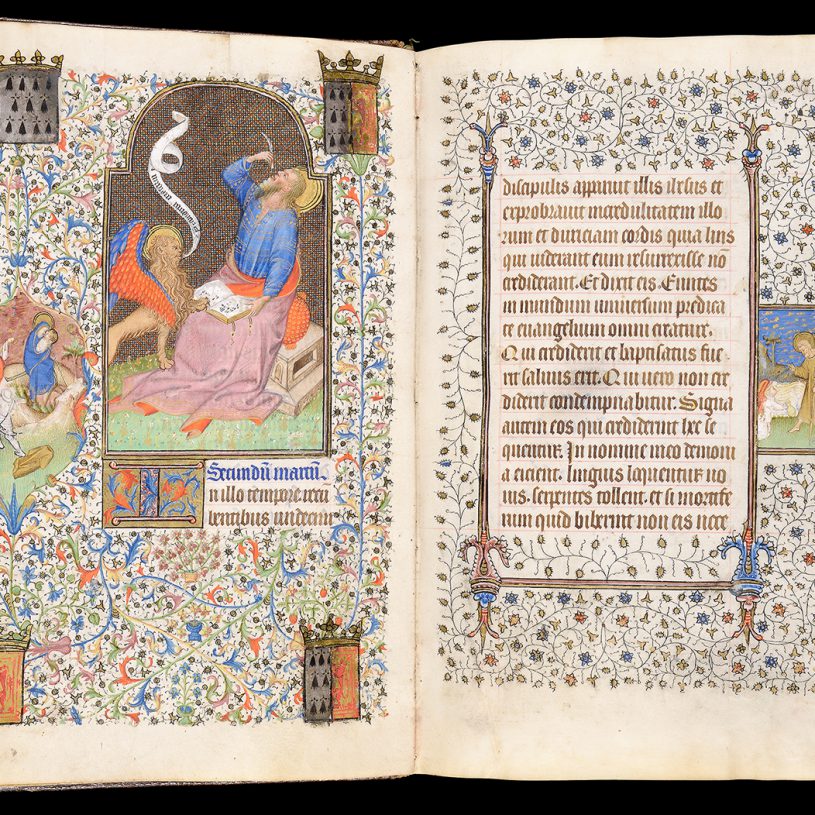
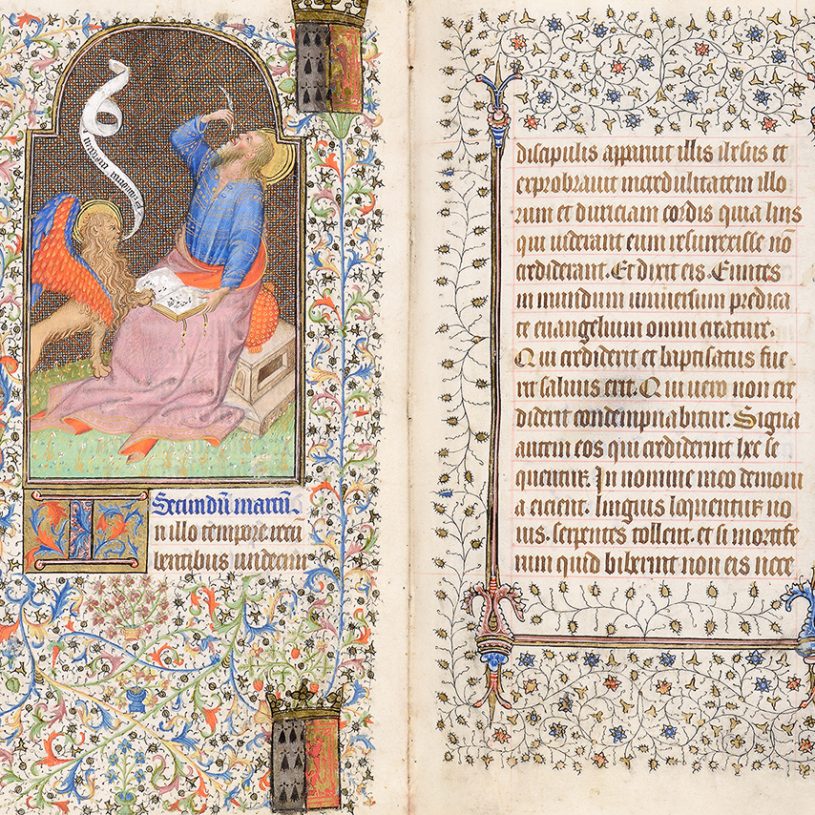
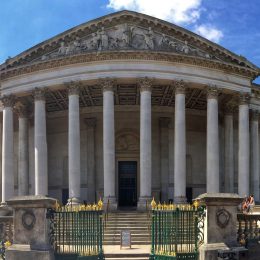





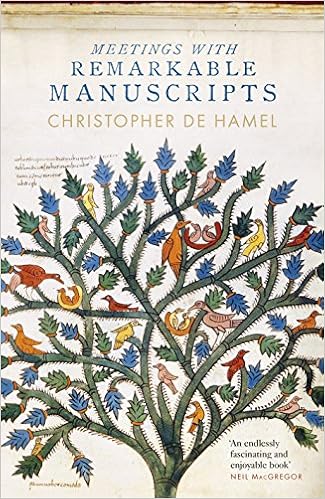
 Faculty of Divinity
Faculty of Divinity